The Roots of the University of Santiago
1495-1555
The deeds of Gómez de Marzoa, from 1495, and those he signed with Diego de Muros II and Diego de Muros III, in 1501, to create a Grammar Studium mark the founding moment of the University of Santiago de Compostela. The creation of the Colegio Alfero, on the initiative of Alonso III de Fonseca, contributed to consolidating university studies in Compostela, which received the endorsement of Pope Julius II, in 1504, and Pope Clement VII, in 1526. In 1555, the university studies of Compostela were recognised as a Royal University.
- 1495 [4 September]
Creation of the General Study
The notary Lope Gómez de Marzoa promotes the creation of a school for poor students with the support of the abbot of San Martiño Pinario, Juan de Melgas, who provides classrooms in the monastery of San Paio de Antealtares to teach classes.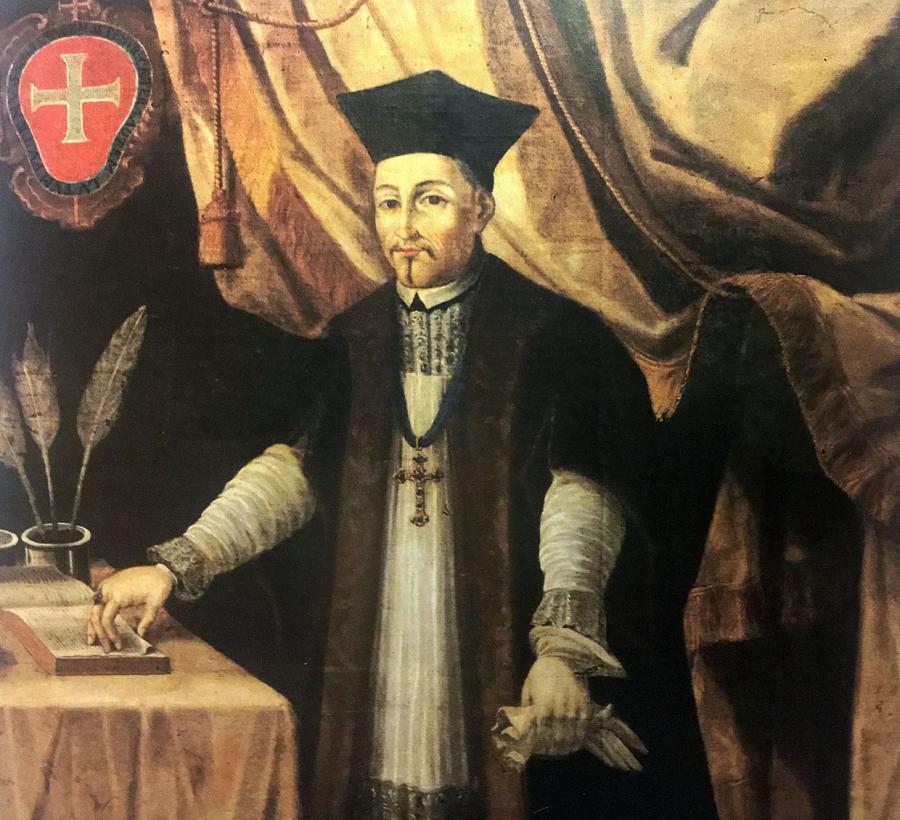
- 1499The Benedictine order cancels the provision of the classrooms in San Paio and converts the building into a convent for nuns. Despite the eviction from San Paio, the studies are not interrupted.
- 1501 [17 July]Lope Gómez de Marzoa, Diego de Muros II, dean of Santiago, and Diego de Muros III, bishop of the Canary Islands, found the Studia Generalia to teach grammar to clerics and poor students of the Archbishopric of Santiago. The Studium Generale has its headquarters in a two-storey building in Cantón da Rúa Nova donated by Diego de Muros II.
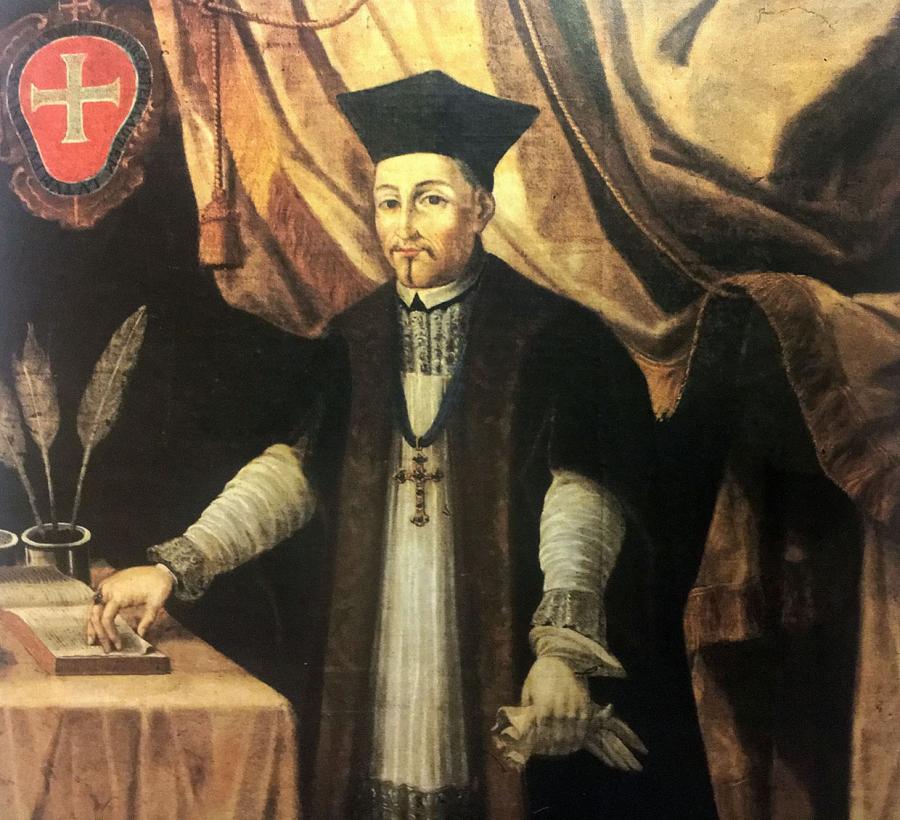
- 1504 [17 December]
Bull of Julius II recognizing the privileges of the Study of Compostela
Diego de Muros II and Diego de Muros III ask Pope Julius II to endorse the privileges of the Studium Generale. Julio II makes public a bull confirming that the Studium Generale of Compostela, later called Estudio Viejo, enjoyed the same privileges as universities and other studia generalia: the power to amend its statutes and the power to prevent members from religious orders from opposing its chairs without the licence of the protectors of the Studium Generale.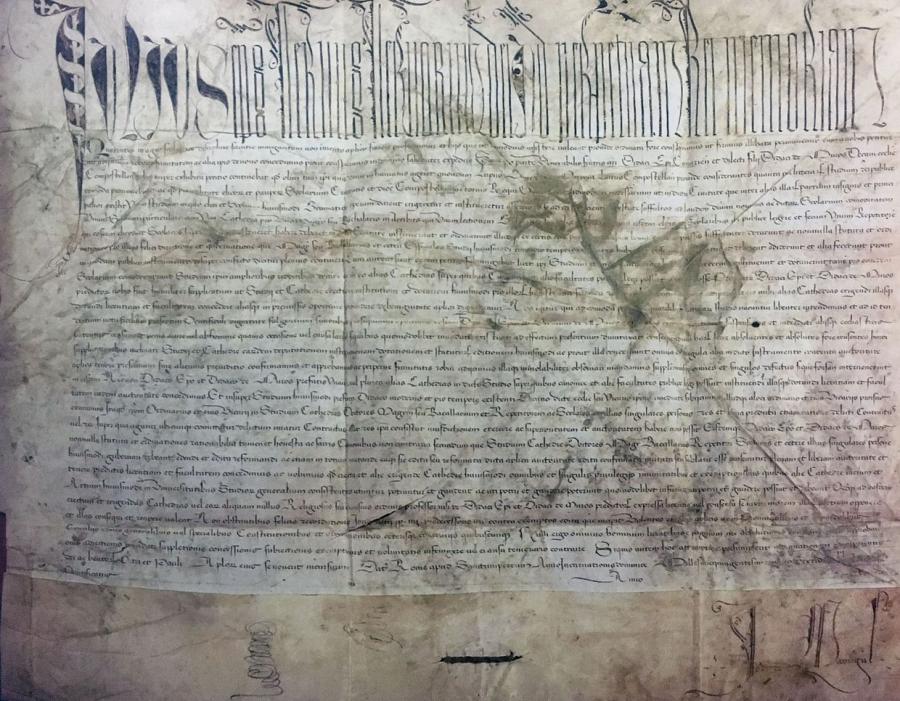
- 1522 [22 January]The Studium Generale is moved to the building of the Old Hospital of Señor Santiago located in the calle de la Acibechería, in a plot that the gardens of the main façade of San Martiño Pinario currently occupy. The Old Hospital was unoccupied since, in 1509, the Royal Hospital founded by the Catholic Monarchs, the current Hostal dos Reis Católicos, had begun to operate in the Plaza del Obradoiro. The first rector of the Studium Generale was Canon Joaquín Auñón.
- 1526 [15 March]
Bull of Clement VII approving the creation of the Colego de Santiago Alfeo
A bull from Clement VII gives the go-ahead to the foundation, by Alonso III de Fonseca, of the Colegio de Santiago Alfeo, where studies of Theology, Law and Arts, as well as Grammar, were taught.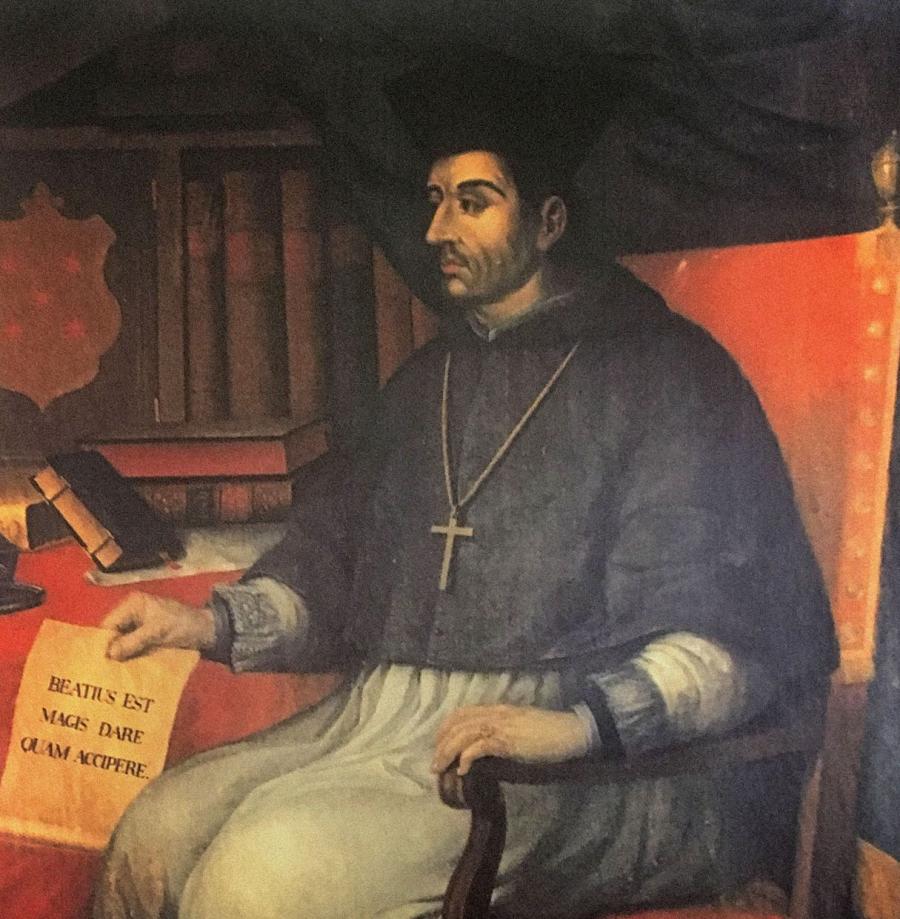
- 1532The construction of the Colegio de Santiago Alfeo, the current pazo of Fonseca, began.
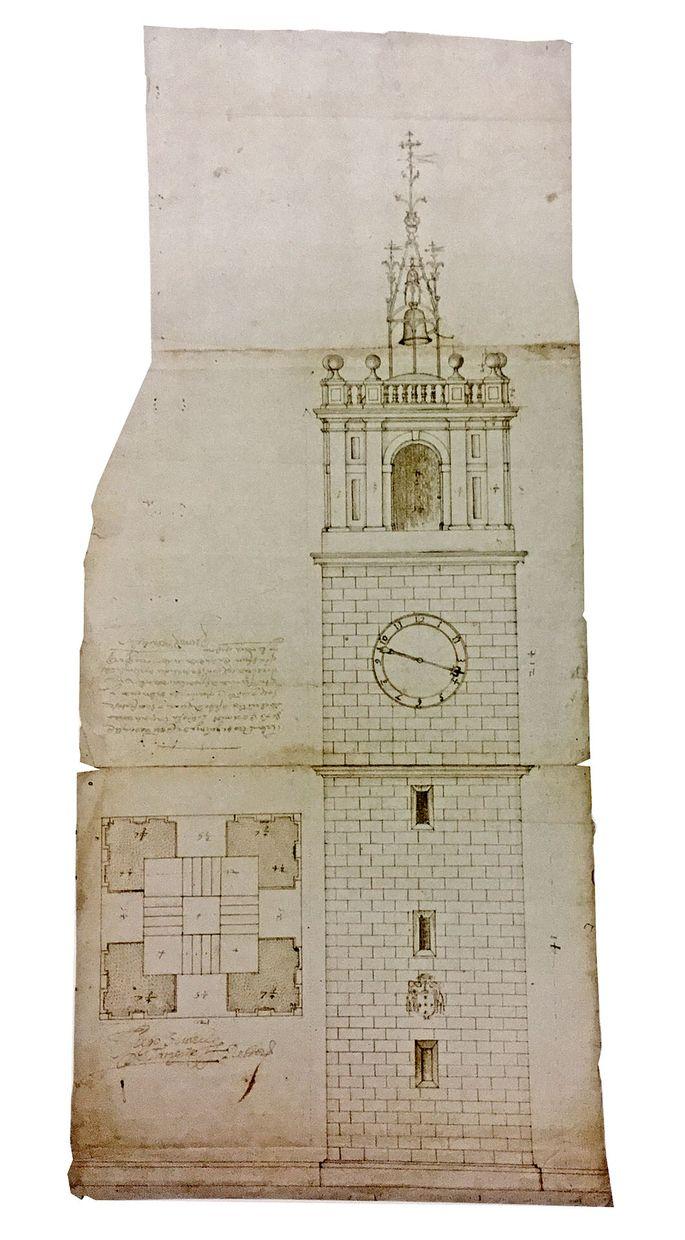
- 1542The Estudio Viejo is absorbed by the Colegio de Santiago Alfeo.
- 1550
Completion of the construction of the College of Santiago Alfeo
The construction of the pazo of Fonseca was finished, where the professors and students of the Studium of the Old Hospital moved.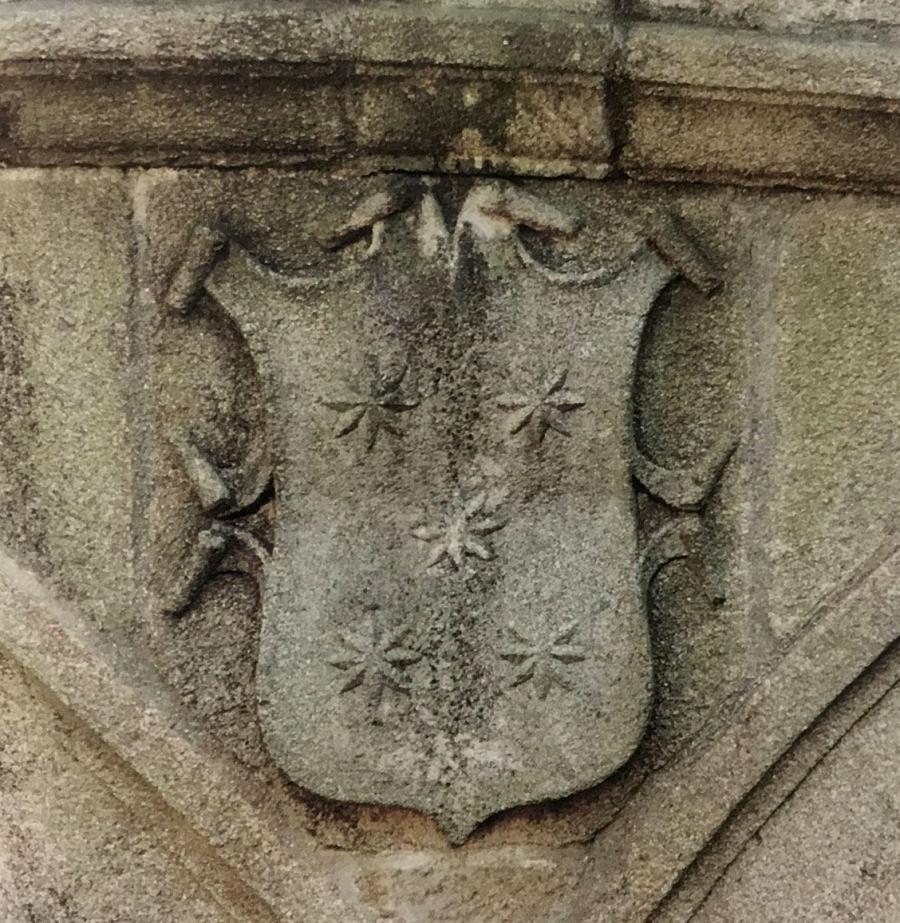
- 1550Master Juan del Cano is hired, with a salary of 100,000 maravedíes a year, to take charge of teaching grammar.
- 1551Count Monterrei and Rector Simón joined forces to "provide schools and universities, in the same way as the studies and the university of Salamanca and Valladolid and other studia generalis that exist in these Kingdoms of Spain".
- 1552The Society of Jesus manifests its interest in taking charge of the Colegio de Santiago Alfeo. Ignacio de Loyola writes some statutes for the Colegio de Santiago. Rector Simón Rodríguez and the Chapter of Compostela oppose the intentions of the Society of Jesus.
- 1553 [25 October]The first Ordinances -Statutes- of the University of Santiago were promulgated, which stated that, in addition to Grammar, there would be chairs of Arts, Theology and Canonic Studies. It was stipulated that there would also be two custodians to monitor the safety, hygiene and regularity of teaching activity.
- 1553 [1 November]Pedro Maldonado de la Carrera, canon of Santiago, was named chancellor.
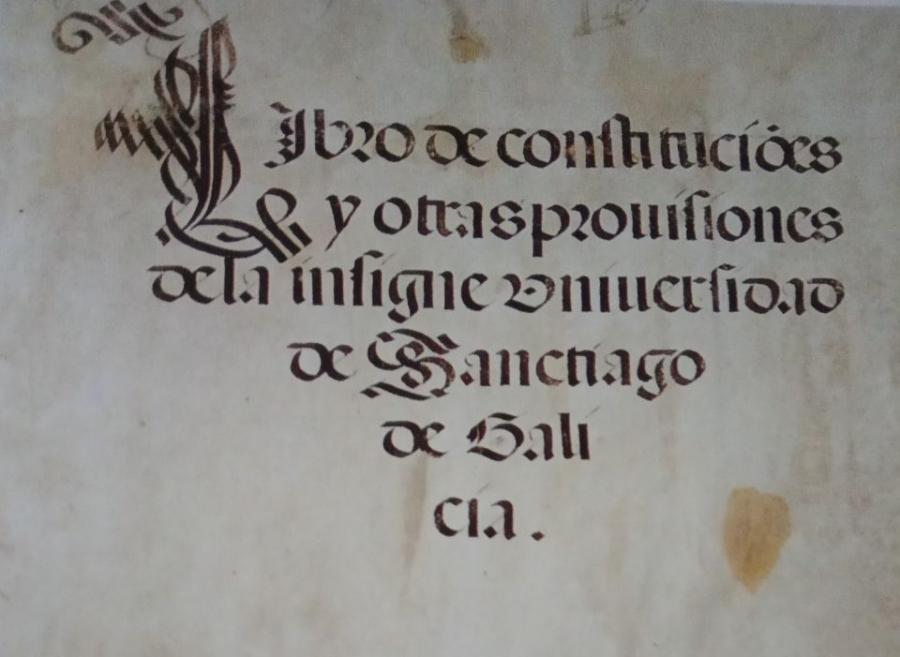
- 1554Simón Rodríguez and the Chapter requested the intervention of the Royal Council to prevent the control of the College of Compostela from passing into the hands of the Society of Jesus.
- 1555
The University of Santiago recognized as a Royal University
The Royal Council entrusted Andrés Cuesta, doctor in Theology, with the drafting of the Constitutions of the Colegio de Santiago so that it can be recognised as a Royal University.




















































